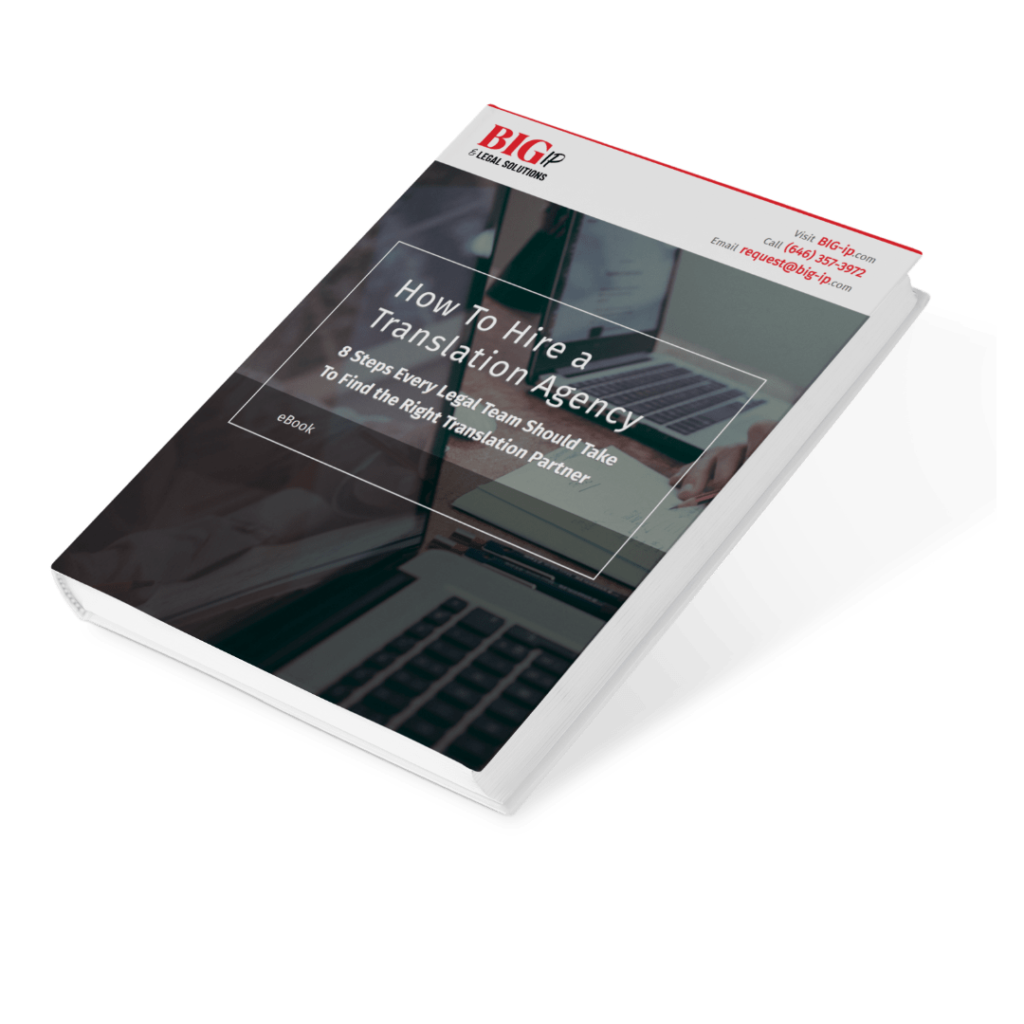Are you frustrated by inconsistencies, errors, or omissions in your contracts? Do you know what your non-English language contracts contain and require you to do? If the answer to either of these questions is no, then your contract translation process is missing a trick. This blog explains how translation memories and glossaries can provide an easy solution.
Every business knows that poor contract management can expose them to risk. But not every organization has the time to take steps to address that risk. Fortunately, tools and technologies now exist to help them take back control.
For a global business, the contract creation and agreement process is often long and complicated, with multiple stakeholders involved in its review and local law, customs, and language preferences to consider. As a result, many organizations devolve responsibility to their national offices and legal advisors to speed up negotiation and ensure clarity and compliance with relevant laws and regulations.
The Dangers of the ‘Personal’ Touch
While decentralizing contract creation and negotiation makes perfect sense, the approach does have its drawbacks in terms of cost, control, and consistency. This is especially true if contracts are created or translated in-house, by a preferred local law firm, or language service provider (LSP). No two legal experts will draft or translate the same content in the same way, for that reason organizations are likely paying multiple times for divergent content.
Even if a standard template is supplied or translated for legal teams and translators to work from, the chances of variations can be high when those teams are under time or negotiation pressure. The risk of divergence becomes even higher over time if contracts are not stored, checked, or audited centrally in one system and language. It is only natural for legal teams to reach for the most recent contract as their basis for the next, assuming that it is the most up-to-date and accurate version.

How a Translation Memory Can Help
Employing a translation memory and glossary can eliminate the risk of inconsistencies, omissions, and errors in your non-English and translated contracts and help speed up the content creation process. Even better, they are quick and easy to build and deploy.
By capturing and recording approved translations, translation memories and glossaries enable businesses to “lock” vital information, such as specific terms and conditions, to ensure that such content remains consistent in all contracts and agreements, irrespective of location or language.
Translation memories and glossaries are specific to an organization and thus powerful business assets. They provide legal teams with prior translations of unique and complex terminology, so they can repurpose that valuable content and apply it consistently in future documents. Not only does this uphold quality, but it also saves them time and money, as the content does not need (re)translation each time. In addition, changes become easier to manage and implement, as updating the data in the system will assure their application in all future documents.

How to Create a Translation Memory
A Translation Memory is a living document that gains value over time, so the quicker you get started, the better. If you do not have a preferred vendor for contract translations, or use multiple local LSPs, then it is possible that these providers already have a bank of knowledge that you could seek to centralize. If they do not, or you rely on local teams to provide translations, this is unlikely to be the case.
Either way, a crucial first step is to audit your existing content and vendors to identify what translation “assets” you have in place and to make a plan for their consolidation. Working with one LSP for all your global contract translation needs will make this process a lot easier, as it should already have plenty of experience creating and consolidating translation memories—ideally, for legal clients.
If you do not have a trusted LSP in place or would like to find out more about translation memories, download our eBook ‘The Definitive Guide to Translation Memories‘, or contact our specialist IP and legal team today.








